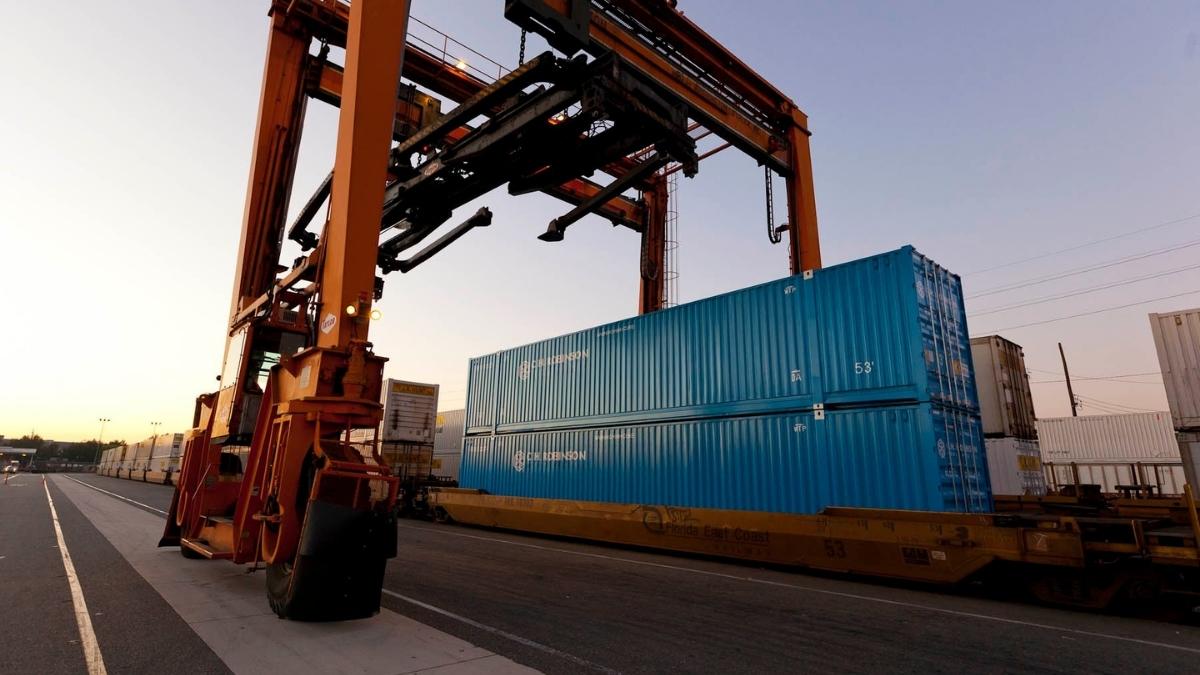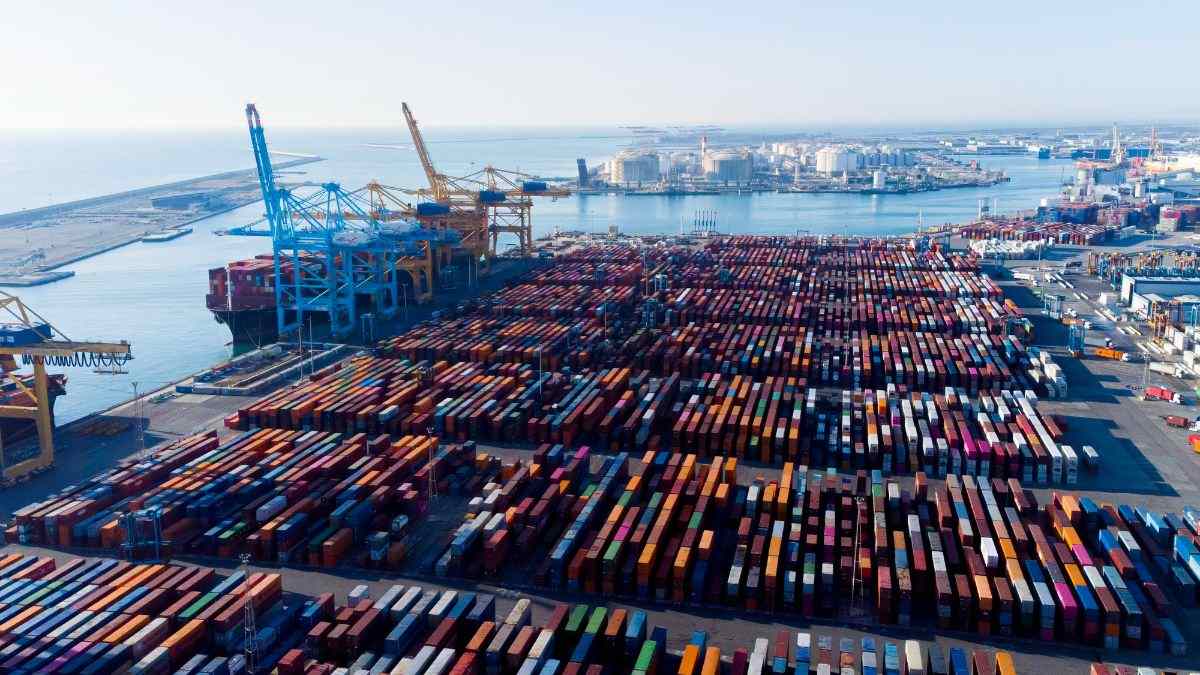
Shippers’ perspective on air freight is shifting. Traditionally seen as an expensive mode to combat unforeseen delays, more and more shippers are making air freight a part of their planned shipments. According to IATA, demand grew 11% year-over-year in December, marking 14 consecutive months of double-digit increases. By March 2025, capacity had grown by 4.3%, with over half of global air cargo now moving in belly-hold space.
Air freight will continue to serve as a last-minute problem solver in today’s logistics landscape with geopolitical conflicts, significant tariff changes, and unexpected weather. However, more companies are realizing that when considering the full cost equation, air shipping can be the smarter financial choice when used strategically.
Why freight rates don’t tell the whole story
It’s easy to compare ocean and air freight on price alone. Ocean shipping typically costs around 3% of a product’s value, while air shipping can exceed 10%. But that’s only part of the picture.
What’s often overlooked are the broader financial impacts—like inventory carrying costs, time-to-market advantages, and the cost of downtime. When you factor in these variables, air freight can at times deliver a stronger return on investment.
The real cost equation
To make informed decisions, it’s important to evaluate transportation through a comprehensive lens. Here’s pieces to include:
- Inventory carrying costs: Goods in transit or storage tie up capital. Ocean shipments can take 30–60 days, while air freight arrives in 2–5 days—freeing up working capital faster.
- Time-to-market value: In fast-moving industries, being first to market can mean capturing more sales and market share.
- Cash flow impact: Faster delivery often means faster payment, improving your cash-to-cash cycle.
- Downtime costs: In industries like mining or manufacturing, delays can halt production—costing far more than expedited shipping. We’ve seen many of our automotive customers implement more air shipments given they typically operate on a just-in-time inventory model.
- Missed opportunities: Delayed inventory can result in lost sales during peak holiday seasons or product launches. For instance, if Christmas décor arrives after the holidays, retailers then face the decision of either discounting the inventory and occupying valuable shelf space or storing it for a year, potentially straining already limited storage capacity.
Smarter air shipping starts with smarter strategy
The secret to effective logistics isn’t committing to one mode. It’s understanding when your cargo is available and when it needs to arrive. From there, we help shippers determine the ideal solution that balances transit time and cost.
That might mean using ocean freight for routine replenishment, air consolidation for time-sensitive shipments, and next-flight-out for emergencies—all within the same supply chain.
The bottom line is air freight isn’t just for emergencies anymore. When you evaluate the full cost equation, it can be a strategic tool that improves cash flow, reduces risk, and drives better business outcomes.
Want to learn more? Connect with our air freight experts to explore how strategic air transport can elevate your supply chain performance.



